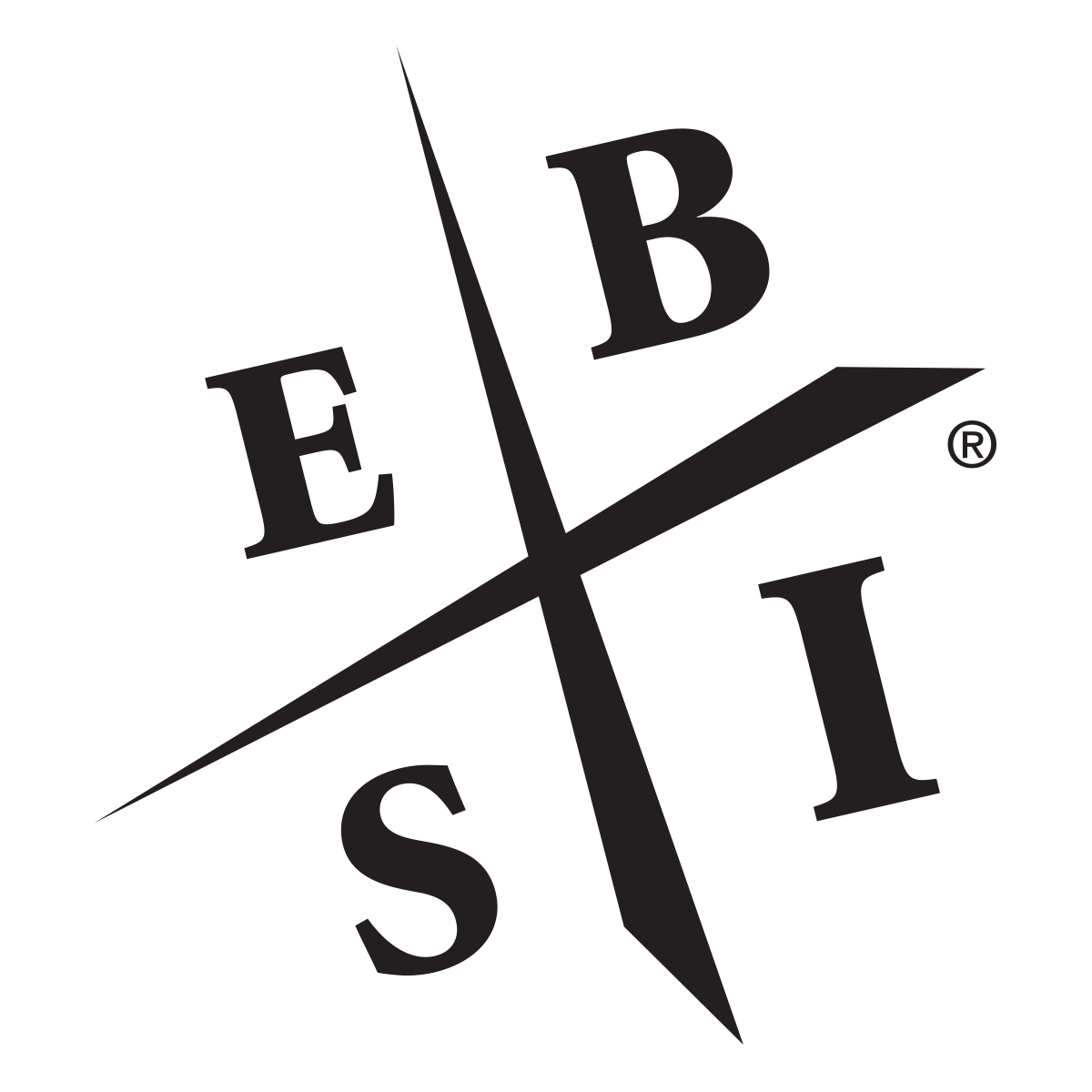Blog | Entrepreneurship
The Myth of the Rich Doctor
Why it takes more than lots of money to make you rich
Rich Dad Entrepreneur Team
May 23, 2024
Summary
-
Being rich isn’t about how much you make, it’s about how much you keep.
-
The right side of the CASHFLOW Quadrant® is how you escape the rat race
-
To get rich, you need high financial intelligence, and the right mindset
Even at a young age, Robert Kiyosaki knew he wanted to be rich. He watched as his parents struggled financially and the stress it brought, and he knew that wasn't for him. Instead, Robert wanted to buy nice things, be generous, and enjoy life worry free.
When he told his rich dad, his best friend's dad who was a successful businessman, that he wanted to be rich, he asked, "How do you think you become rich?"
"You make a lot of money," Robert said confidently.
"That's partially correct," rich dad said. "But you can make a lot of money and still not be rich." He used the example of a doctor to make it easy for Robert to understand.
“Many parents want their kids to be rich. So, they encourage them to go to good schools and get advanced degrees. ‘Become a doctor.’ they say. ‘Doctors make lots of money.’ But the reality is that many doctors are not rich. They struggle financially because being rich is about how much money you keep, not how much money you make.”
That was too much for Robert's young brain to comprehend. Back then, he just knew he wanted to make a lot of money. But now that he’s older and wiser, he understands what rich dad meant. Money doesn't make you rich. Your financial intelligence does.


Doctors aren’t rich?
Many doctors are high-earning professionals. They can make $250,000, $500,000, or even more in a year. But they aren't really rich at all.
Why?
For starters, they have to go into insane amounts of debt to get their degree. Statistics published by Credible show just how bad it is for medical students.
A roundup of the latest statistics show average medical school debt now exceeds $200,000. While medical school graduates can generally expect to earn six-figure salaries, nearly half plan to apply for student loan forgiveness:
-
Average medical school debt → $232,300
-
Average education debt after medical school → $251,600
-
Average salary with a medical school degree → $210,980
-
Average time to repay medical school debt → 13 years
Between their education and residency, a doctor will spend 10 to 14 years in preparation for even beginning to earn a high-income.
It’s not uncommon to get to your mid-thirties or even forties and just start your high-earning period. Many doctors pile up not just high education debt but also credit card debt as they scrape by year after year. So once they finally start making money, they are drowning in debt.
Additionally, doctors come into a rude awakening when they find out how much they have to pay in taxes, the hours they have to work to make the money they earn, and they quickly get caught up in the rat race, spending to the level they’re making while doing the minimum service to their debt.
The result is a lot of money that goes away the minute it comes in. Again, being rich is about how much money you keep, not how much money you make. And that takes financial intelligence...something many doctors simply don’t have.
The four forces that steal your wealth
There are four things that steal your wealth: taxes, debt, inflation, and retirement. People who make a lot of money aren't necessarily rich because they lose so much of it to those four forces. High-earning professionals like doctors are some of the highest taxed in the US, don't have any investments that provide cash flow and hedge against inflation, are overly-burdened with debt, and aren't ready for retirement-meaning they need their paychecks or they're broke.
It's entirely possible, for example, that two different people each making $100,000 could have entirely different financial lives. One could be poor and the other rich.


Here's an example. Of the two people who both earn $100,000, one pays 20 percent in taxes, has a crippling mortgage, and saves money in a 401(k) that barely keeps up with inflation.
The other pays nothing in taxes, owns rental properties that provide passive income that adjusts with inflation, and has a plan to use that passive income to purchase more passive income investments. Who's richer?
It's possible to make a lot of money and use the forces of taxes, debt, inflation, and retirement for your benefit, but, again, it takes high financial intelligence.
Here's the fundamental problem for 'the rich,' high-income employees: They have the highest tax burden, the lowest control over their retirement, and can sell only their time.
Why most doctors (or lawyers or accountants, etc.) are poor
The CASHFLOW Quadrant® explains the difference between those who make a lot of money and those who are really rich.

There are four types of people: Employees (Es), Self-Employed (Ss), Big Business Owners (Bs), and Investors (Is). The Es and Ss are on the left side of the CASHFLOW Quadrant® and the Bs and Is are on the right side of the quadrant. Here’s a long article on this if you want to catch up, but below is an overview from that article:
The left side of the CASHFLOW Quadrant®
On the left side of the quadrant are Es and Ss. They pay the most in taxes and trade their time for money. And each has a different mindset.
E is for employee
At the end of the day, the most important thing for employees is security. Poor dad, Robert’s natural father, was an employee his entire life and he craved nothing more than security. That is why he could not understand why Robert would want to be a business owner and investor. To him, there was nothing riskier than that.
Because employees shy away from risk, they don’t see the need to learn about money or how it works. For them, education is about learning the skills needed to get a steady, high-paying job with great benefits. Thus, why poor dad loved working for the State of Hawaii.
When employees need more money, they look for a higher-paying job.
S is for self-employed
People in the self-employed quadrant are not good employees and often have the attitude that no one can do it better than them. While they still like the idea of security, they have a larger tolerance for risk, and thus don’t mind working for themselves. In fact, they like it that way because they feel in control of their future.
People in the S quadrant are doctors, lawyers, dentists, accountants, and other service-based businesses and consultants. They have very high-standards for their work and because of this they have a hard time delegating to others. Again, they don’t like to hire employees because nobody does it better than them. As a result, they only make money when they are working. This means they don’t own a business, they own a job.
When self-employed people need more money, they look for more hours they can bill.
The right side of the CASHFLOW Quadrant®
On the right side of the quadrant are Bs and Is. They pay the least in taxes and create or invest in assets that produce cash flow for them even when they’re sleeping.
B stands for Business Owner
Unlike those in the S Quadrant, business owners don’t own a job. They own a system or a product that makes money even when they aren’t working. Because they know they can’t be successful on their own, business owners look to hire people who specialize in skills needed for the business and hire those who have more talent and skill than them. They look to delegate as much as possible, not keep all the work for themselves. The best business owners know they could leave their company for a year and come back to find it still profitable and running better than they left it.
Business owners are often seen as risk takers, but from the perspective of a business owner, being an employee is riskiest because employees have no control. A business owner can make the decision to do layoffs or fire an employee, but no one can take the business away from the business owner. And when the economy takes a down-turn, the business owner has the most control to make the business work and survive.
When business owners need more money, they create a new product or create or acquire a new system that produces money.


I stands for Investor
Investors have the highest financial education of anyone in the CASHFLOW Quadrant®. They are adept at finding assets that provide steady income in the form of cash flow and they often use other people’s money (OPM) to attain those assets. They then use income from those assets to acquire even more assets, growing their wealth through this velocity of money. They enjoy the most in tax breaks, don’t have to work at all if they desire, and don’t have to deal with managing employees. The richest people in the world are investors, and as a general principle 70% of their income comes from investments with the other 30% made up of wages.
When investors need more money, they look for an opportunity to acquire an asset that produces more passive income.
High-earning professionals like doctors, lawyers, etc. are on the left side of theCASHFLOW Quadrant®.. Those on the left side pay the most in taxes, have the least control, and will never be truly rich. They are victims to the four wealth-stealing forces.
Additionally, many people on the left-side of the quadrant, even if they make a lot of money, simply are financially illiterate. They don’t know how money works because they’ve spent so much time learning and mastering their profession. When you spend most of your life in school, you learn very little about how money works. Again, it’s not about how much money you make, but it’s about how much money you keep.
How to be a rich doctor (or lawyer or accountant, etc.)
If you’re a high-earning professional like a doctor and this all rings true to you, the good news is there’s a way to truly be rich. Learn to operate on the right side of the CASHFLOW Quadrant®
There are many doctors, lawyers, and other high-pay professionals who have taken it upon themselves to learn how money works and increase their financial intelligence. They go on to start businesses that employ other high-paid professionals or they have become very successful investors. They’ve opted out of the rat race, eliminated their debt, and put money to work for them. You can do the same.
Those on the right side have all the tax advantages; have control over their money, business, and investments; and have the possibility of infinite returns because they know how to create money out of thin air through passive income. And they know how to use taxes, debt, inflation, and retirement to make them even richer-not poorer. If you want to learn more about the CASHFLOW Quadrant®, read the book CASHFLOW Quadrant®: Rich Dad's Guide to Financial Freedom.
To be on the right side of the CASHFLOW Quadrant®, you need a high financial intelligence. That means you need to continually increase your financial education. Read books, attend seminars, network with like-minded individuals, and change your mindset.
Don't settle for the trap of just making a lot of money. Increase your financial IQ and become truly rich.
Original publish date:
February 23, 2016